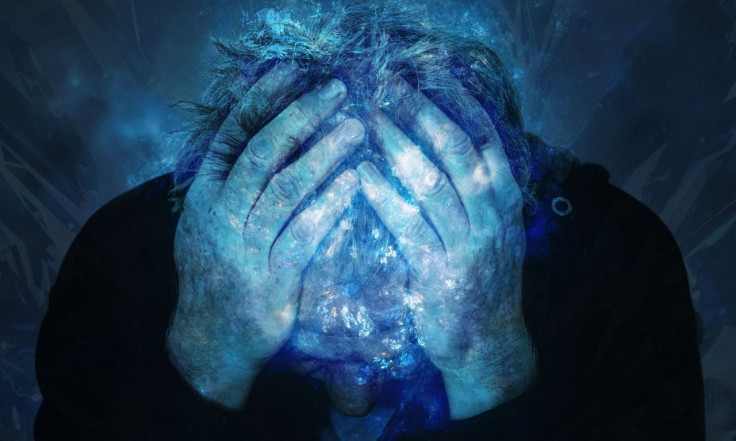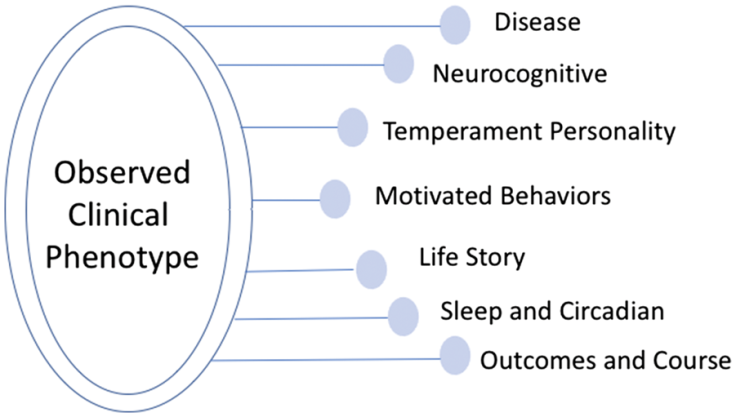What Causes Bipolar Disorder? Seven Key Factors Identified By Study

Bipolar disorder is a mental illness that causes unusual episodes such as mood shifts that range from a manic high to a deep despair. Nearly 6 million Americans suffer from this mental disorder and studies, which gathered pace in the past few decades, leading to some interesting insights.
The first documented diagnosis of bipolar disorder in the 19th century was in 1851 when French psychiatrist Jean-Pierre Falret published an article about switching through severe depression and manic excitement while also noting the genetic connection. By 1921, German psychiatrist Emil Kraepelin, one of the first scientists to delve into mental illness, detailed the biological causes and noted the difference between manic depressive and schizophrenia.
Bipolar disorder can be particularly debilitating because it’s exact cause is still unknown. Reasons ranging from genetic issues to environmental causes and altered brain structure or chemistry are all said to play a role.
The symptoms include episodes of high energy, reduced need for sleep and a “polar” opposite depressive state where people exhibit low energy, low motivation and a general loss of interest.
Each episode could range from days to months at a time and may also be associated with suicidal thoughts. Bipolar disorder can destabilize a person’s life since it is difficult to diagnose or treat patients, as they are often mistaken for having mood swings or for being a generally moody person.
Researchers from the University of Michigan, who have been studying 1,100 patients for a decade, released their in-depth analysis of the disorder. They found seven characteristics that patients across the spectrum exhibit.
According to a study they published in the International Journal of Epidemiology, the team from Michigan's Heinz C. Prechter Bipolar Research Program, collected and analyzed tens of thousands of data sets about various factors that could affect the birth and progress of this disorder like genetics, emotions, life experiences, medical histories, motivations, diets, temperaments, sleep patterns and thought patterns of the volunteers.
In the group, more than 730 had bipolar disorder, while 277 didn’t. Over 75 percent of them were currently active research participants in the Longitudinal Study of Bipolar Disorder. On an average, participants had had their first depressive or manic episode when they were 17, and many had other mental health conditions.
“There are many routes to this disease, and many routes through it,” said Melvin McInnis, M.D., lead author of the new paper and head of the program based at the University of Michigan's Depression Center, in a press release. “We have found that there are many biological mechanisms which drive the disease, and many interactive external influences on it. All of these elements combine to affect the disease as patients experience it.”
The seven phenoclasses, as the Michigan team dubbed them, are changes in cognition, psychological dimensions of the person; measures of behaviors related to substance abuse, which include parameters like thinking, reasoning and emotion processing; aspects of the person’s family and intimate relationships and emotional traumas; patterns of sleep and circadian rhythms and a measure of how patients’ symptoms change over time and respond to treatment.

The team identified several interesting patterns in the long-standing study. They found a migraine is three and a half times more common among people with bipolar disorder.
Those with bipolar disorder also exhibited several eating disorders, anxiety disorders and addiction issues. Study participants also had higher levels of saturated fats in their diets, and the research also linked certain type of fats to the severity of the mood swings, which makes the symptoms and the severity of the disease to progress symbiotically.
Poor sleep appeared to strongly affect women with bipolar disorder, with direct links found to the severity of depression and mania. Poor sleep caused the mania to increase and the episodes to fluctuate more. This was not observed in male participants with the same conditions.
Differences between healthy and unhealthy participants were narrowed down to the cellular level when neurons derived from bipolar patients’ stem cells were found to be more excitable in comparison to healthy individuals. But, they seemed to calm down when exposed to lithium, a widely used treatment for bipolar disorder.
© Copyright IBTimes 2025. All rights reserved.





















